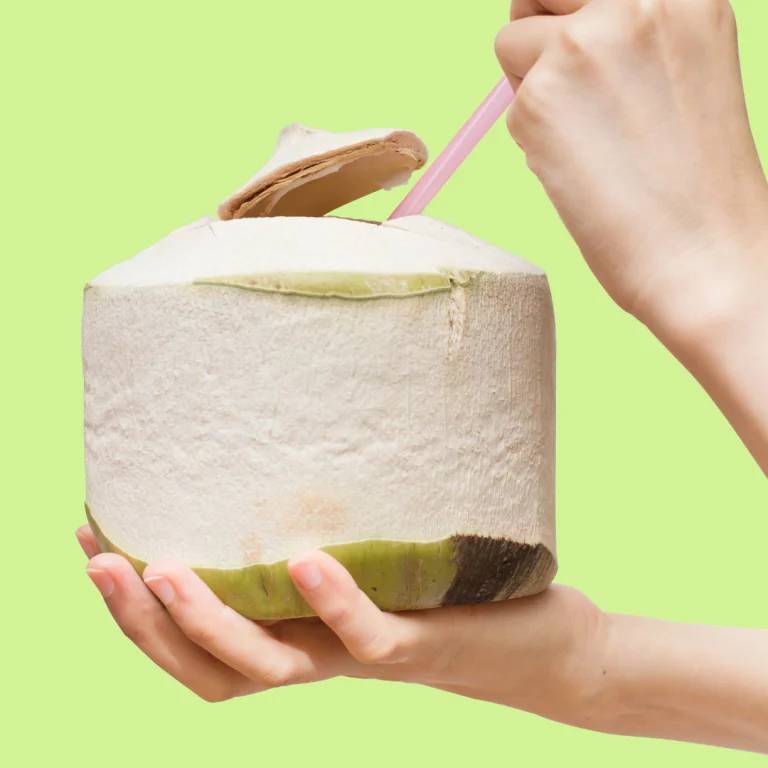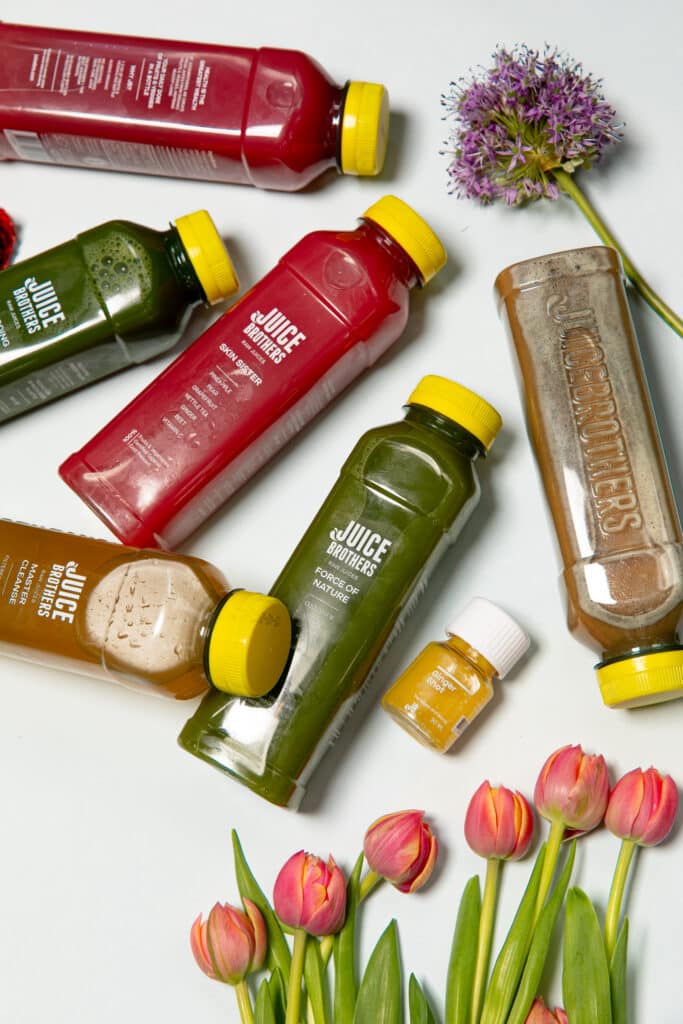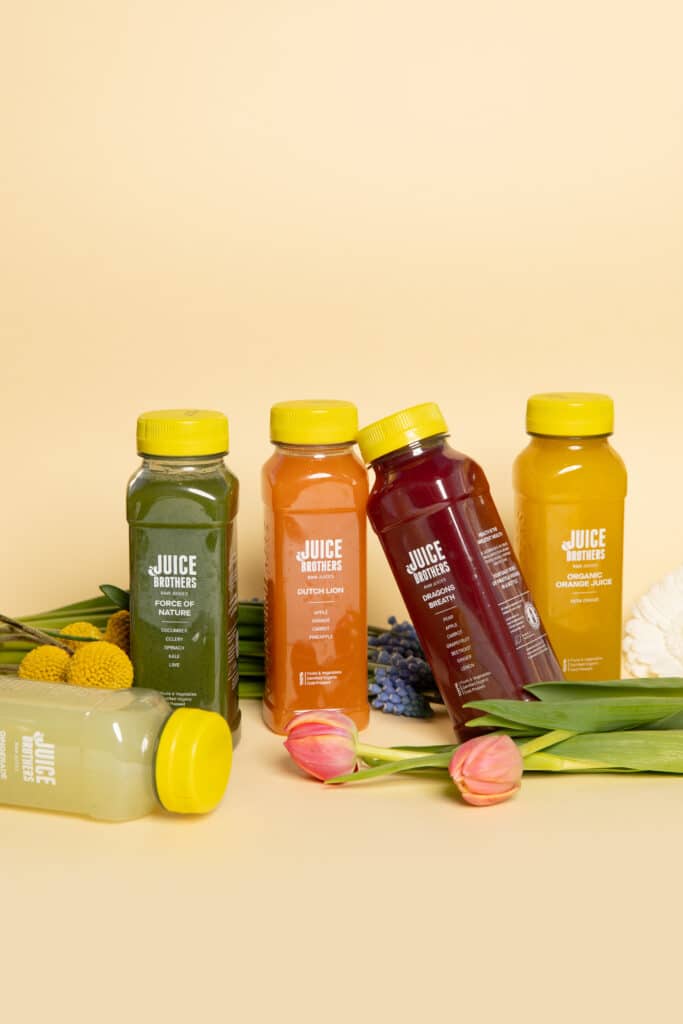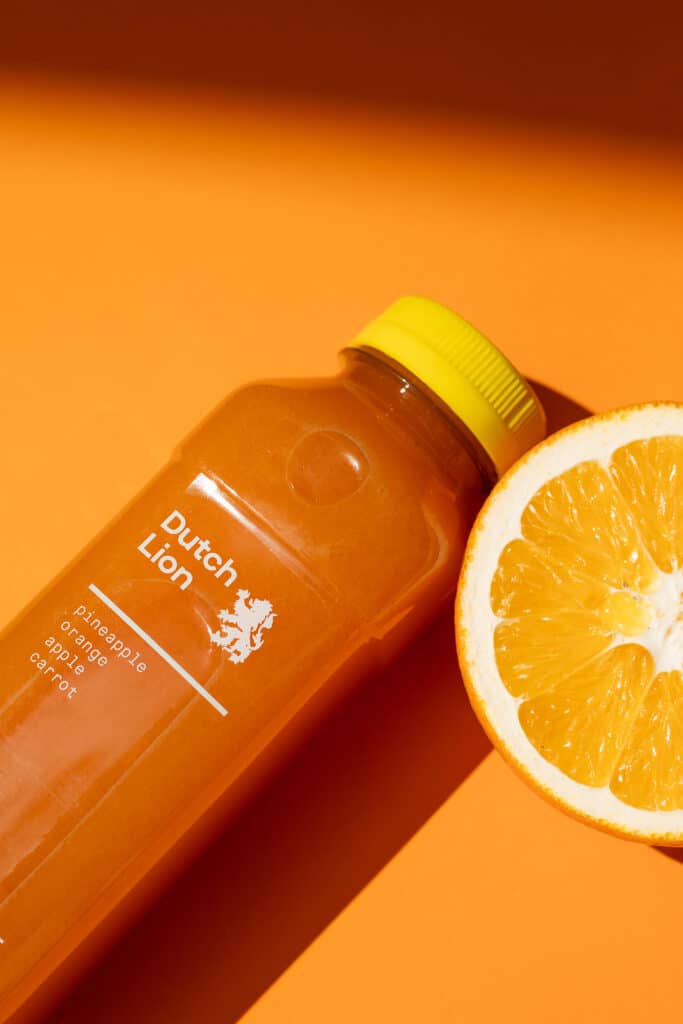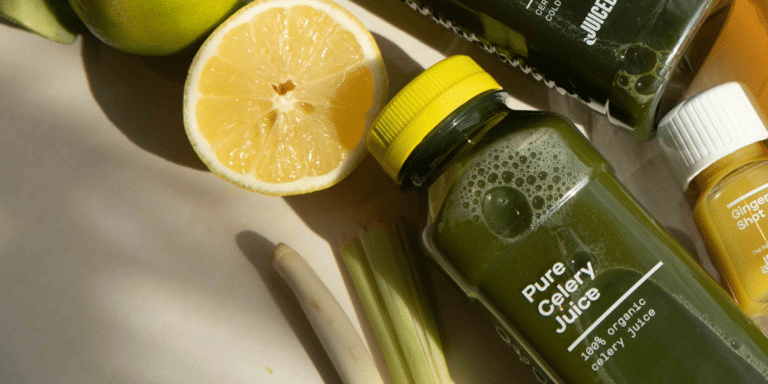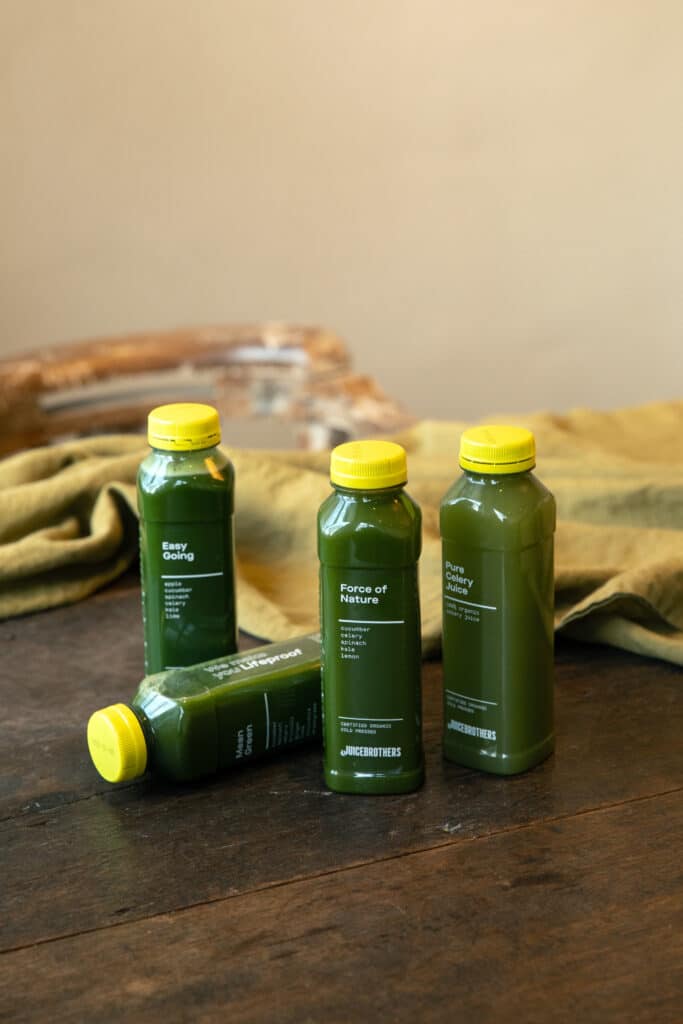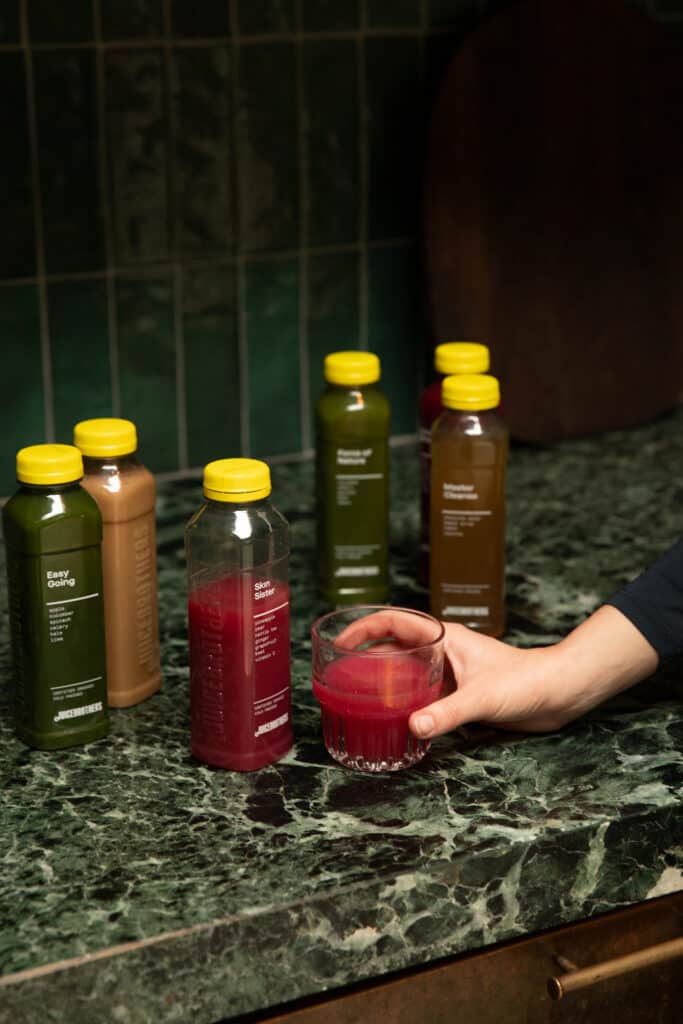EATING IN SEASON
Have you ever had a flavorless berry or a watery tomato in the winter? Quite disappointing, right?
Produce that is grown out of season has to travel far to get to you. This means that they’re picked when they’re not yet ripe and don’t get the chance to develop proper flavor. When your food is grown locally or close by and doesn’t have to travel across an ocean the freshness, flavor, and nutritional content are preserved.
Plus, nature provides for us as we need! In the wintertime for example, citrus is ready to be harvested, just in time for cold and flu season. And summer fruits like peaches and apricots provide us with extra beta-carotene that helps protect us from sun damage.
YOUR BODY IN THE WINTER
Our bodies react to the change in season. If you spend the winter months in a cool climate, you may have a desire to take it a bit slower and crave warm/hearty meals (I know I do!), while the idea of eating a raw salad or some berries makes you cringe.
It’s not strange that our bodies’ requirements change in the winter months. Cooked food for example is easier to digest than raw food, and your body needs that extra energy to keep you warm rather than spend it on digesting raw foods. Makes sense right?
UP YOUR INTAKE OF VITAMIN C & D
Vitamin C and D are both critical for the body year-round, but especially during the colder, darker winter months.
Regular exposure to sunlight is a great way to increase vitamin D production in the body, as well as eating foods such as eggs, mackerel, butter, and some mushrooms, but vitamin D is difficult to get from sun and foods alone. If you live in more northern areas, adequate vitamin D levels cannot be achieved without supplementation during the winter months.
In addition, Vitamin C helps prevent common colds from developing more seriously. Vitamin C is water-soluble and acts as a powerful antioxidant in the body. In addition to reducing oxidation and supporting immunity, vitamin C is known to help boost the absorption of iron from plant sources. Food sources include citrus fruits, acerola cherries, red pepper, kiwi, broccoli, Brussels sprouts, kale, cranberries, strawberries and cauliflower.
CANNED OR FROZEN VEGETABLES
If you crave certain out of season fruits/vegetables don’t worry about going for canned or frozen. Companies pick these fruits and veggies at their peak of freshness and preserve them, which means that you get to take advantage of their full flavor and don’t have to settle for gross watery tomatoes, or overly-expensive and disappointing blueberries.
WALLET FRIENDLY BENEFIT
If you eat foods that are in season you can save yourself quite some money. When you buy produce that’s in season, you’re purchasing it at the peak of its supply, when it’s easy to grow and harvest. It’s simply a matter of supply and demand!
DIET AND MENTAL HEALTH
If you are struggling with Seasonal Affective Disorder (SAD), you are not alone – this affects millions of people during the darker winter months! Luckily, we know that food has a big impact on our mood, which means we can eat to boost neurotransmitters such as serotonin and dopamine.
It might be no surprise that vegetables and fruits are beneficial, but research has also found that including more omega-3 fatty acids from fatty fish such as wild-caught salmon, mackerel, and herring, as well as vegan options such as flaxseed and hemp can boost our serotonin levels.
Additional foods linked to increased serotonin levels are those containing high levels of tryptophan include turkey, chicken, turkey, nuts, bananas, peas, pumpkin, and spinach.
I also recommend replacing unhealthy fats with healthy ones and to be picky about the animal products you eat. Avoid hydrogenated and partially hydrogenated oils, trans fats, soybean oil, canola oil, safflower oil, sunflower oil etc. and choose grass-fed butter, coconut oil, extra virgin olive oil, avocado oil instead. And when buying meat/fish/eggs, choose grass-fed meats, wild fish and pasture raised eggs.
I also highly recommend adding fermented foods to your diet such as sauerkraut and kimchi. These foods are great for your microbiome and 90% of serotonin (your feel good hormone) is produced in the gut!
If you suffer from SAD it’s possible that you crave more carbs and sweet treats as these foods are great at boosting both our mood and our energy levels in the short term. Instead of going for candy, and refined carbs such as cookies, pasta, breads, crackers etc. However, I highly recommend sticking to fruits and some starchy vegetables such as sweet potatoes.
FALL/WINTER VEGGIES
You may wonder what veggies the winter has to offer. Well.. in most cool climates, the below foods are widely available during winter. Some of my personal favorite winter foods include kale, sweet potatoes, and pumpkin. O, and cauliflower! Especially this curried cauliflower soup – it’s absolutely delicious! https://www.feastingathome.com/curried-cauliflower-soup/
FOOD LIST:
Vegetables: Beets, Broccoli, Broccoli Rabe, Brussels Sprouts, Cabbage, Carrots, Cauliflower, Celery, Chicory, Fennel, Garlic, Kale, Leeks, Mushrooms, Onions & Shallots, Parsnips, Potatoes, Pumpkin, Radishes, Red cabbage, Sweet potatoes, Turnips, Sauerkraut and Squash
OTHER RECOMMEND FALL/WINTER FOODS
Cold joints, and inflamed, dry skin from the cold air, can introduce extra inflammation. A great way to fight it off is by eating more walnuts, olive oil, and fatty fish. You can also try spicing things up by generously flavoring your dishes with herbs and spices like Ashwagandha (an adaptogen), turmeric, and ginger.
One of my favorite winter drinks is this Turmeric Ginger Cinnamon Latte. My three favorite spices in one drink! This is definitely one to save! Tag me @kimbos.health if you decide to make it!
RECIPE:
TURMERIC – GINGER – CINNAMON LATTE
Prep time: 5 minutes
Cooking time: 5 minutes
Servings: 1
Ingredients
- 1 – 1/2 cup milk of choice (almond milk, coconut milk, organic grass-fed milk)
- 1 tsp of turmeric
- 2 cm of fresh ginger or 1/4 – 1/2 tsp of ground ginger
- 1/4 tsp of ceylon cinnamon
- Pinch of black pepper
- Maple syrup (vegan) or honey to taste
Directions
- Blend all ingredients
- Warm in a small pot on the stove
- Pour into a mug and top with a pinch of cinnamon if desired




